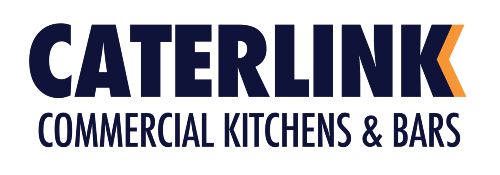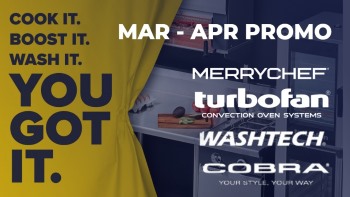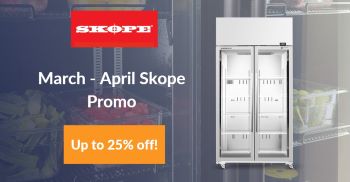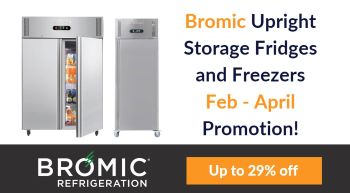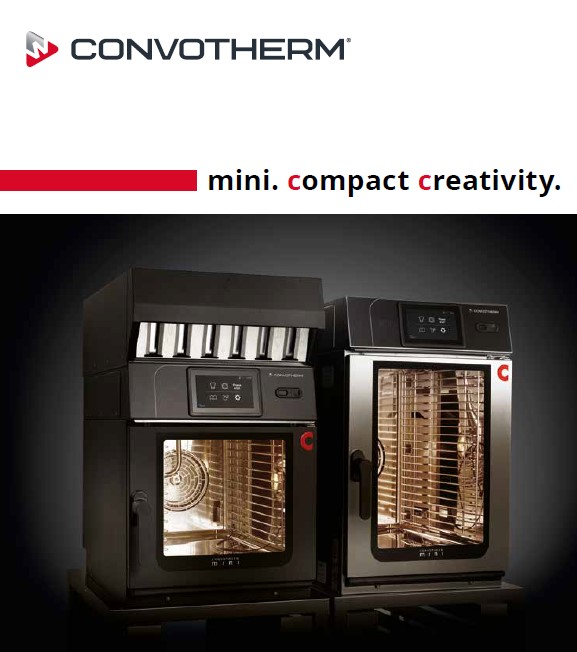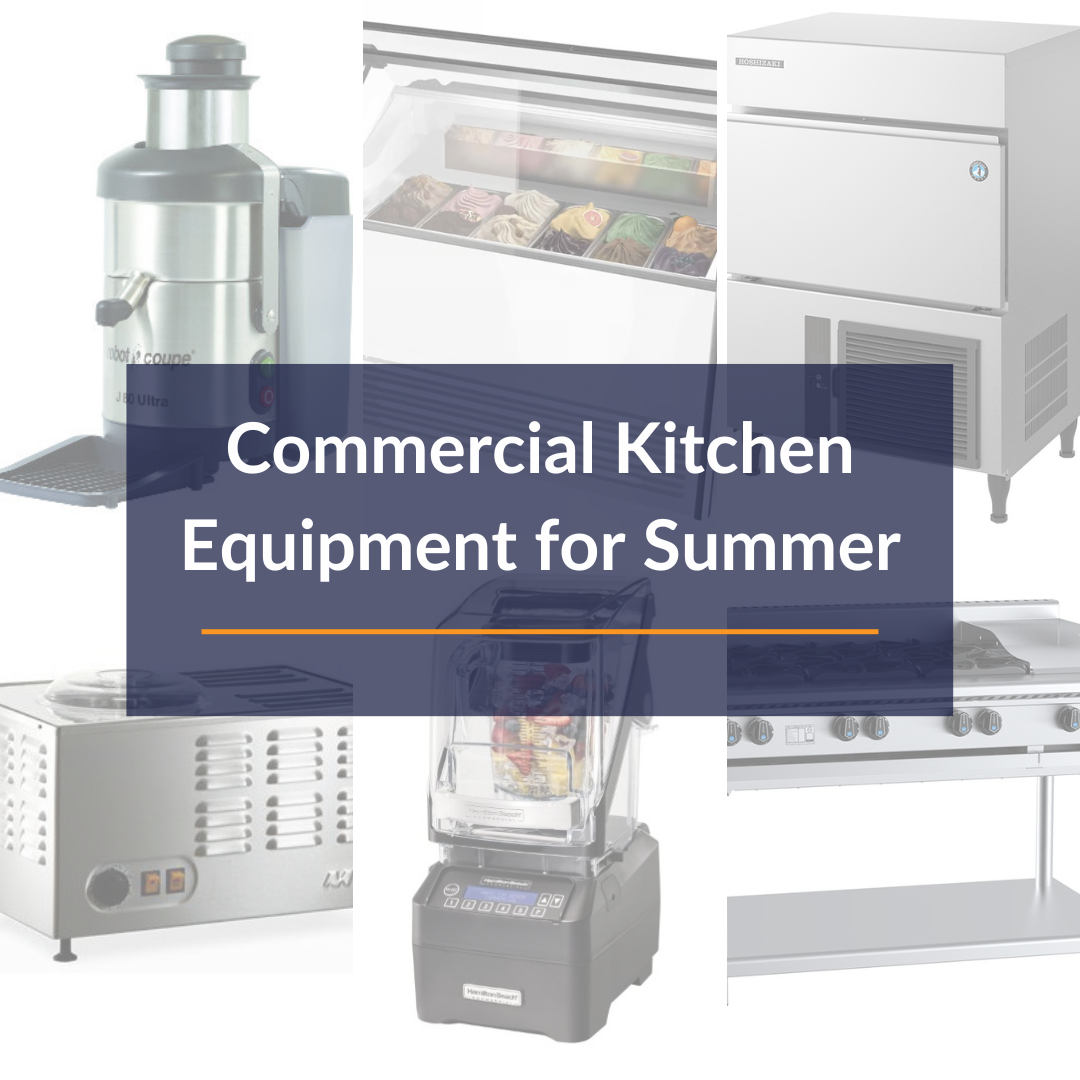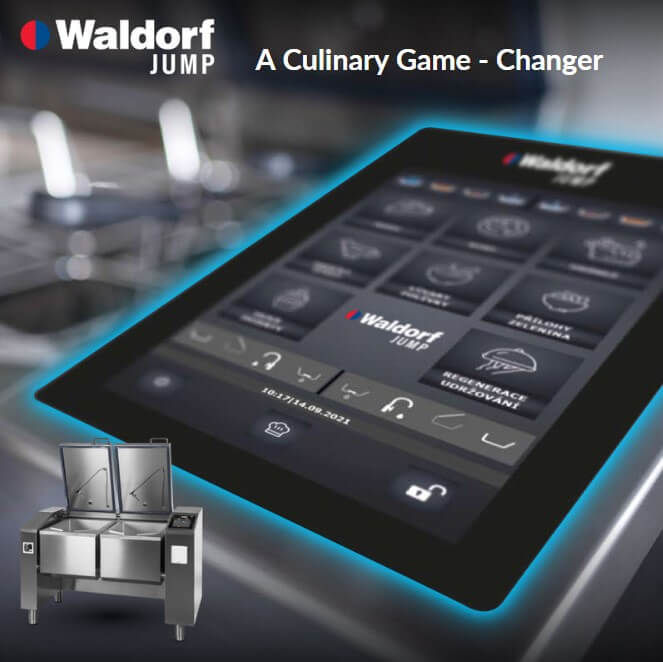Guide to Commercial Kitchen Equipment
In the fast-paced and demanding world of commercial kitchens, having the right equipment is essential for success. Commercial kitchen equipment refers to the tools and appliances used in professional food preparation and storage. From ovens and fryers to mixers and refrigerators, these key elements are crucial for the efficient and smooth operation of any commercial kitchen.
In this guide to commercial kitchen equipment, we will explore the definition of commercial kitchen equipment and its importance in different key areas. Whether you are starting a new restaurant or looking to upgrade your existing kitchen, this checklist of essential equipment will ensure you have everything you need to run a successful operation. Additionally, we will cover additional equipment needs that can enhance productivity and efficiency in your kitchen.
Stay tuned as we delve into the world of commercial kitchen equipment and discover the must-have tools for any professional kitchen.
Benefits of Having A Professional Kitchen
Having a professional kitchen offers a multitude of benefits in terms of efficiency, organisation, and food safety. A well-equipped and well-designed professional kitchen can streamline food preparation and storage, improve the productivity of kitchen staff, and ensure compliance with health and safety regulations.
One of the major advantages of a professional kitchen is its efficiency. With the right commercial kitchen equipment and a well-thought-out kitchen layout, tasks such as food prep, cooking, and plating can be done quickly and smoothly. This can result in faster service and reduced waiting times for customers.
Organisation is also key in a professional kitchen. Having designated storage areas for ingredients, equipment, and utensils allows for easy access and prevents clutter. This not only helps with efficiency and workflow but also promotes cleanliness and minimises the risk of cross-contamination.
Food safety is paramount in any kitchen, and a professional kitchen ensures that all necessary precautions are taken. From using equipment that meets health and safety standards to implementing proper food handling procedures, a professional kitchen reduces the risk of foodborne illnesses and ensures that customers are served safe and high-quality dishes.
In summary, the benefits of having a professional kitchen are numerous. It allows for efficient and organised food preparation, improves the productivity of kitchen staff, and prioritises food safety. Whether it’s a busy restaurant or a catering service, investing in a professional kitchen is essential for any food-related establishment.
How to Evaluate the Type of Equipment You Need
When setting up a commercial kitchen, it is crucial to carefully evaluate and determine the type of equipment you need. By conducting a thorough evaluation, you can ensure that you select the right equipment that will meet your specific business needs, increase efficiency, and help your kitchen staff operate smoothly.
To evaluate the type of equipment you need for your business, start by assessing the volume of food you will be handling on a daily basis. Consider the number of customers you expect to serve and the average portion sizes of the dishes you will be offering. This will help you gauge the capacity and size requirements for certain equipment, such as food processors, mixers, and ovens.
Next, consider the specific types of dishes and cuisines you will be preparing. Different cooking styles and cuisines may require specialised equipment. For example, if you plan to offer pizzas, a pizza oven would be essential. If you will be serving grilled dishes, investing in electric grills or flat-top grills may be necessary. Make a list of the cooking methods and specialised equipment needed for each type of dish you will be offering.
Evaluate the available kitchen space and layout. Measure the dimensions of the kitchen area, including the countertops, shelves, and storage spaces. Consider any existing equipment or fixtures that need to be accommodated. The layout of the kitchen will influence the placement and size of the equipment you select. Ensure that the equipment you choose will fit comfortably within the available space without causing overcrowding or hindering workflow.
Lastly, consult your kitchen staff. Get their input on the equipment they believe would be useful and necessary for their specific tasks. Consider their expertise and experience in using different types of equipment. Engaging your kitchen staff in the evaluation process will not only help you make informed decisions but will also boost their morale and productivity as they feel valued and involved in the decision-making process.
In conclusion, evaluating the type of equipment you need for your business requires careful consideration of factors such as the volume of food, the types of dishes, kitchen space, and input from your kitchen staff. By conducting a comprehensive evaluation, you can ensure that your commercial kitchen is equipped with the right equipment, enhancing efficiency, productivity, and the overall success of your business.
Factors to Consider When Purchasing New Commercial Kitchen Equipment
When purchasing new commercial kitchen equipment, there are several important factors that should be considered.
- Budget: Determine how much you can afford to spend on new equipment. Discuss and consider alternative finance options such as equipment rental with a specialist and your financial advisor. This can be beneficial as it helps to retain your cash flow and explore equipment options before purchasing.
- Space: Assess the available space in your kitchen to ensure the equipment fits, allowing for all required clearances.
- Menu: Consider your menu items and the specific equipment required for your dishes.
- Capacity: Determine the production capacity you need from the equipment to ensure the equipment will cater to the demand. Caterlink can assist with booking a demonstration to better understand your needs. You can request a booking via our website or contact a team member. Book a cooking demonstration | Caterlink Commercial Kitchen Equipment
- Energy Efficiency: Always consider energy-efficient models. Understand the running costs of the equipment and the impact on your operating costs. To review the annual energy costs see the specification sheets for the equipment or utilise tools such as Skope Energy Comparison Tool. Caterlink Greener Kitchens showcase an extensive range of equipment which is highly energy efficient, such as Convotherm Combi Ovens.
- Brand Reputation: Research reputable brands known for quality and reliability.
- Warranty: Check the warranty terms and coverage for each piece of equipment.
- Maintenance: Consider the ease of maintenance and availability of parts.
- Health and Safety Compliance: Ensure the equipment meets health and safety regulations. (some refrigeration units are not suitable for very humid areas, to make sure that food is kept and the required temperature)
- Local Codes: Verify that the equipment complies with local building and fire codes.
- Installation Requirements: Understand any special installation needs.
- Utility Connections: Ensure compatibility with your kitchen’s utilities (gas, electricity, water).
- Ease of Cleaning: Choose equipment that is easy to clean and sanitise.
- Durability: Look for equipment made from durable materials to withstand heavy use.
- Noise Level: Consider noise levels, especially in open kitchen settings.
- Mobility: Determine if mobility or portability is necessary for your kitchen layout.
- Ease of Use: Equipment should be user-friendly and easy for your staff to operate.
- Maintenance Contracts: Explore maintenance contracts or service agreements.
- Training: Ensure that staff can receive proper training in how to use the equipment.
- Compatibility: Check if new equipment integrates well with existing appliances.
- Availability of Parts: Verify the availability of replacement parts in case of breakdowns.
- Local Support: Look for suppliers or service technicians in your area.
- Customer Reviews: Read reviews and seek feedback from other users.
- Energy Source: Decide between gas, electric, or other power sources based on your needs.
- Resale Value: Consider the potential resale value of the equipment in the future.
What Restaurant Kitchen Equipment is Needed
One important aspect is creating a restaurant kitchen equipment list that aligns with the requirements of your business. The following is a list of essential restaurant kitchen equipment needed to operate a commercial kitchen.
Kitchens
- Commercial Ovens – combination ovens, convection ovens
- Gas Range cookers, deep fryers
- Prep counters, including cutting boards
- Mixers
- Slicers
- Refrigeration and freezer units
- Storage space (shelving, counters)
- Sinks and washing appliances
- Ovens – microwave, conveyor ovens, gas ovens
- Commercial Grills
- Commercial Dishwashing Machine
Miscellaneous
- Drink and beverage equipment such as coffee machines and juicers
- Ice machine
- Food Storage Containers
- Cleaning supplies
How Much is Commercial Kitchen Equipment?
When setting up a commercial kitchen, one of the most important considerations is the cost of the cooking equipment. The upfront prices of commercial kitchen equipment can vary significantly depending on the type and quality of the items needed. Additionally, it is crucial to consider the running costs associated with the equipment, such as energy consumption and maintenance.
One option to help manage costs is to explore the possibility of purchasing used equipment or leasing it instead of buying new. Restaurant auctions can often be a great place to find quality used equipment at a lower cost. Leasing equipment also offers the advantage of spreading out the expense over a period of time, which can help with cash flow.
Another factor to consider is the depreciation of new equipment. Some items may lose their value quickly, while others may have a longer lifespan. It’s important to prioritize essential items that are necessary for the smooth operation of the kitchen.
Ultimately, the cost of commercial kitchen equipment will depend on the specific needs of your establishment. Careful research, understanding your budget, and exploring different purchasing options can help you find the best equipment at the most affordable price.
Where to Find a Trustworthy Commercial Kitchen Equipment Supplier in Australia?
When it comes to finding a trustworthy commercial kitchen equipment supplier in Australia, there are several key factors to consider. Pre and post-sales service, quality brands, and budget-friendly pricing are all important aspects to keep in mind.
One supplier that meets all these criteria is Caterlink. As a leading supplier of commercial kitchen equipment in Australia, we offer a comprehensive range of high-quality brands to suit a variety of needs and budgets. What sets us apart is our commitment to providing excellent pre and post-sales service. Our team of experts is available to assist customers with any questions or concerns they may have, ensuring a smooth and hassle-free purchasing experience.
We also have showrooms in multiple locations, including Western Australia and Melbourne, making it convenient for customers to browse their extensive range of commercial kitchen equipment firsthand. Additionally, their knowledgeable team is always ready to provide guidance and advice to help you find the perfect equipment for your kitchen.
Similar News
